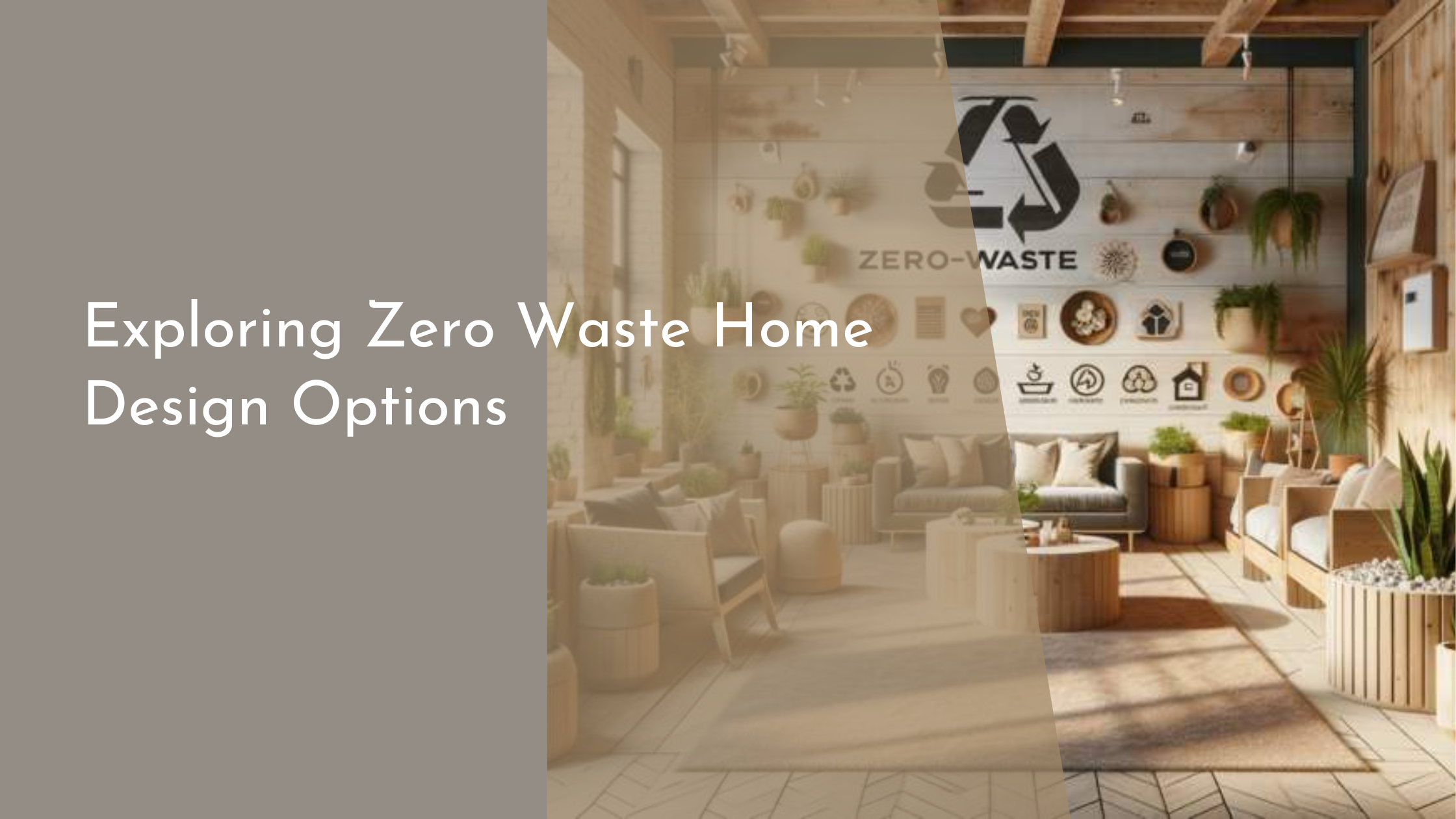Exploring Zero Waste Home Design Options
The zero waste movement has gained remarkable traction in recent years as awareness about sustainability and environmental conservation continues to grow. At its core, the movement is all about minimizing waste by adopting a lifestyle where the principles of refuse, reduce, reuse, recycle, and rot are prioritized. This ethos has found its way into various facets of life, including home design. The goal is to create a living environment that not only meets aesthetic and functional needs but also aligns with sustainable practices. In this article, we delve into the myriad possibilities for zero waste home design, exploring innovative materials, strategic design approaches, and the joyous journey of embracing a zero waste lifestyle.
Understanding the Zero Waste Movement in Homes
The zero waste movement in homes is a holistic approach aimed at reducing the environmental footprint of residential spaces. At its core, it involves designing homes that significantly minimize waste production and encourage sustainable living practices. This movement is fueled by the growing realization of our finite natural resources and the urgent need to mitigate the impacts of human activity on the environment. By adopting zero waste principles, homeowners can contribute to a more sustainable future while creating healthier, more efficient living spaces.
Key to understanding zero waste home design is recognizing that it goes beyond just recycling and composting. It involves a comprehensive rethinking of how homes are built, furnished, and maintained. The focus is on making conscious choices about materials, energy use, and waste management, ensuring every element of home design contributes to sustainability. From selecting eco-friendly building materials and energy-efficient appliances to designing with longevity and adaptability in mind, the zero waste movement in homes encourages a shift towards more responsible and thoughtful living.
Innovative Materials for Sustainable Interiors
Innovative materials play a crucial role in zero waste home design, offering environmentally friendly alternatives to conventional building and interior decor options. Reclaimed wood, for example, is a popular choice for sustainable flooring and fixtures. It gives new life to used materials and embodies the zero waste ethos of reducing consumption of new resources. Similarly, recycled metal and glass are increasingly used in furniture and architectural elements, providing durable and stylish alternatives to traditional materials while reducing waste and energy consumption associated with production.
Another exciting development in sustainable interiors is the use of biodegradable materials, such as mycelium-based products and plant-based composites. Mycelium, the root structure of mushrooms, can be grown into various shapes and is used for everything from insulation to furniture. Plant-based composites, made from agricultural waste or rapidly renewable plants, offer an eco-friendly solution for countertops, cabinetry, and more. These materials not only minimize environmental impact but also add unique, natural aesthetics to home interiors.
Design Strategies to Minimize Household Waste
Designing for minimal waste begins with space planning and layout decisions that promote efficiency and longevity. One effective strategy is opting for a multifunctional design, where spaces serve multiple purposes and adapt to changing needs over time. This reduces the need for frequent renovations and material use, aligning with zero waste principles. Additionally, thoughtful storage solutions can help homeowners organize and store items efficiently, reducing clutter and waste associated with overconsumption.
Incorporating systems for waste management and recycling is another crucial strategy in zero waste home design. This might involve installing composting stations, using greywater systems to recycle water, or integrating high-efficiency waste segregation units into the home’s layout. These systems ensure that homes are equipped to handle waste in an environmentally responsible manner, reducing landfill contributions and promoting a circular waste cycle. By combining clever design solutions with sustainable technologies, households can effectively minimize their waste output.
Embracing Zero Waste: A Joyful Conclusion
Embracing the zero waste movement in home design is not only about environmental responsibility but also about finding joy and satisfaction in sustainable living. Creating a zero waste home allows individuals to connect with their personal values and take an active role in environmental conservation. The process encourages creativity and innovation, as homeowners explore new materials, designs, and practices to achieve their sustainability goals. This journey often results in homes that are not only functional and beautiful but also rich in meaning and purpose.
The sense of fulfillment that comes from reducing one’s environmental footprint and living in harmony with nature is profoundly rewarding. As more people embrace zero waste principles in their homes, the collective impact grows, contributing to a healthier planet and a brighter future. By choosing to design with sustainability in mind, homeowners can take pride in knowing they are part of a larger movement towards a more sustainable world. With each small step taken, from selecting eco-friendly materials to implementing waste reduction strategies, the zero waste journey becomes a source of joy and inspiration.
The zero waste movement is a powerful reminder of the impact our choices have on the planet. By exploring zero waste home design options, homeowners have the opportunity to make a positive difference in their lives and the environment. As we’ve seen, sustainable materials, innovative design strategies, and a commitment to minimizing waste can transform living spaces into sanctuaries that reflect both personal style and environmental stewardship. Ultimately, embracing zero waste home design is a journey of discovery and joy, paving the way for a more sustainable and fulfilling way of life.


